Sigma 500mm F/4.5 APO ZEN
Super telephoto prime lens • Film era • Discontinued
Abbreviations
| APO | Apochromatic optical design. |
Model history (3)
| ■Sigma 500mm F/4.5 APO ZEN | A | 10 - 8 | 5.00m | -- | 1988 ● | |
| ■Sigma 500mm F/4.5 APO EX [HSM] | A | 11 - 8 | 4.00m | -- | 1998 ● | |
| ■Sigma 500mm F/4.5 APO EX DG [HSM] | A | 11 - 8 | 4.00m | -- | 2005 ● | |
Specification
| Optical design: | |
| 35mm full frame | |
| 500mm | |
| F/4.5 | |
| 10 elements in 8 groups | |
| 2 SLD | |
| Internal focusing (IF) | |
| Floating element system | |
| Canon EF [44mm] | |
| Minolta/Sony A [44.5mm] | |
| Nikon F [46.5mm] | |
| Sigma SA [44mm] | |
| 5° (35mm full frame) | |
| On Canon EOS APS-C [1.59x] cameras: | |
35mm equivalent focal length: | 795mm (in terms of field of view) |
35mm equivalent speed: | F/7.2 (in terms of depth of field) |
Diagonal angle of view: | 3.1° |
| On Sony DSLR-A/SLT-A APS-C [1.53x] cameras: | |
35mm equivalent focal length: | 765mm (in terms of field of view) |
35mm equivalent speed: | F/6.9 (in terms of depth of field) |
Diagonal angle of view: | 3.2° |
| On Nikon D APS-C [1.53x] cameras: | |
35mm equivalent focal length: | 765mm (in terms of field of view) |
35mm equivalent speed: | F/6.9 (in terms of depth of field) |
Diagonal angle of view: | 3.2° |
| On Sigma SD APS-C [1.74x] cameras: | |
35mm equivalent focal length: | 870mm (in terms of field of view) |
35mm equivalent speed: | F/7.8 (in terms of depth of field) |
Diagonal angle of view: | 2.8° |
| Diaphragm mechanism: | |
Diaphragm type: | Automatic |
Aperture control: | None; the aperture is controlled from the camera (Canon EF, Minolta/Sony A, Sigma SA) |
| Aperture ring (Manual settings + Auto Exposure setting) (Nikon F) | |
| 6 (six) | |
| Focusing: | |
| 5m | |
| 1:3 | |
Focusing modes: | Autofocus (AF), Manual focus (M) |
Autofocus motor: | Micromotor (Canon EF, Sigma SA) |
| In-camera motor (Minolta/Sony A, Nikon F) | |
Manual focus control: | Focusing ring |
Focus mode selector: | AF - M (Canon EF, Sigma SA) |
| None; focusing mode is set from the camera (Minolta/Sony A, Nikon F) | |
Manual focus override in autofocus mode: | - |
| Optical Stabilizer (OS): | |
| - | |
| Physical characteristics: | |
| 3200g (Minolta/Sony A) | |
| 3320g (Nikon F) | |
| ⌀143×312.5mm (Minolta/Sony A) | |
| ⌀143×312.5mm (Nikon F) | |
| Accessories: | |
| Removable front filters are not accepted | |
Additional features: | Drop-in filter holder (30.5mm) |
| <No data> | |
| Sigma APO Tele Converter 1.4X EX → 700mm F/6.3 | |
| Sigma APO Tele Converter 1.4X EX DG → 700mm F/6.3 | |
| Sigma APO Tele Converter 2X EX → 1000mm F/9 | |
| Sigma APO Tele Converter 2X EX DG → 1000mm F/9 |
Source of data
- Manufacturer's technical data.
Manufacturer description #1
- The world's smallest 500mm ultra-telephoto.
- Internal focusing system maintains compact lens length, makes focusing extremely smooth and easy.
- Sigma SLD (Special Low Dispersion) glass eliminates chromatic aberration, and with the fast f4.5 aperture produces sharp, high contrast images.
- Rear slot filter drawer for instant filter changing (takes 30.5mm filters).
Manufacturer description #2
To minimize the colour aberration, which is the inherent problem of ultra telephoto lens, this lens is using 2 Special low dispersion glases in the front lens group. To have a high speed AF mode and avoid heavy load to the AF motor, it incorporates an inner focusing system. In addition, with a floating lens element system, it will produce a high contrast and sharp image in entire focusing range from infinity to closest distance of 5 meters. Rear slot filter drawer for instant filter changing. It is fast, professional type, Apochromatic ultra telephoto lens.
Manufacturer description #3
Why sacrifice high image quality at telephoto ranges? The APO 500mm uses SLD glass for perfect elimination of chromatic aberration, achieving sharp, high-contrast image quality. In addition to the large F4.5 aperture - at the very forefront of this class in brightness - it has amazing portraiture capabilities. Focusing is by means of an internal mechanism so the overall length, and consequently the center of gravity, never changes. Accordingly manual focusing can be done with a single finger and shutter opportunities can be grabbed instantly. It is equipped with front end protective glass. Furthermore, it is the most compact lens in the entire world in this class, further contributing to truly enjoyable photography.
From the editor
Introduced at Photokina 1988.
Notes
- The autofocus will not be available with Nikon D40, D40X, D60, D3000-D3500, D5000-D5600 digital SLR cameras.
- Sigma had to reverse engineer the communication protocol of the Canon EF mount to produce a version of this lens for Canon EOS 35mm film SLR cameras. As a consequence, this lens may not work properly with Canon EOS cameras (both film and digital) due to compatibility issues.
Frequently asked questions
What does the Sigma lens designation "ZEN" mean?
It means that the lens has a ZEN finish. ZEN is an acronym for Zeitgeist ("the spirit of the times"), Enhancement, and Nonglare. This nonreflective urethane resin finish was introduced around 1989 and replaced the old-style, painted satin-black finish. Sigma claimed it to be hard, strong, antichemical, nonslip, antiglare, and scratch-resistant, however, it actually had a tendency to peel off and become sticky as it aged.
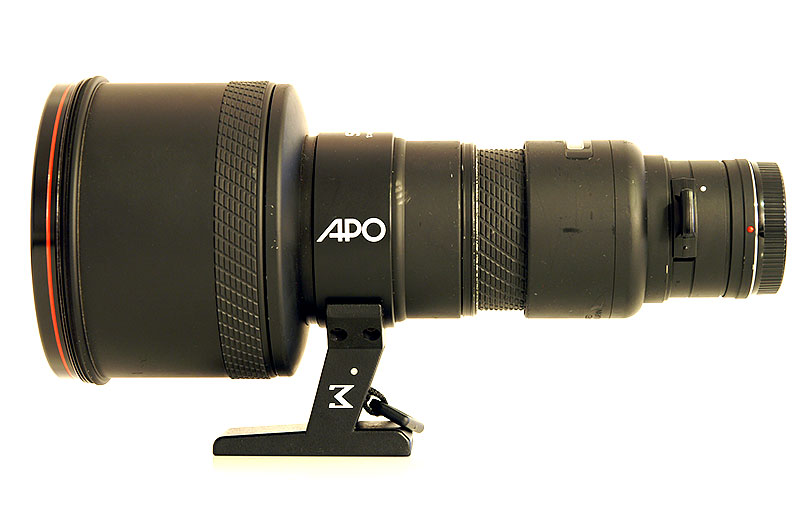
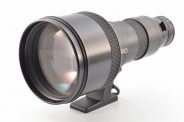
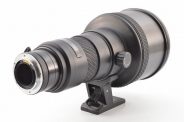
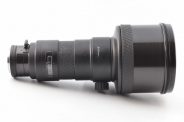
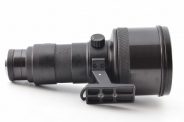

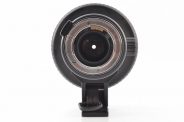
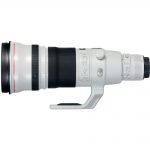
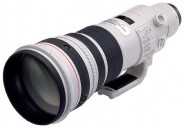

![Sigma 500mm F/4.5 APO EX DG [HSM]](https://lens-db.com/wp-content/uploads/2012/07/1464640809000_380705-150x150.jpg)
![Sigma 500mm F/4.5 APO EX [HSM]](https://lens-db.com/wp-content/uploads/2012/07/s-l1600-3-184x123.jpg)
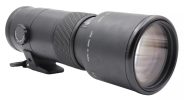
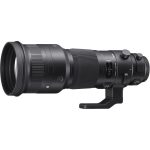

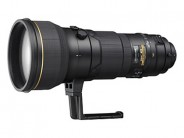


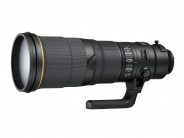
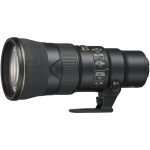
![Sony 500mm F/4 G SSM [SAL500F40G]](https://lens-db.com/wp-content/uploads/2012/08/1329775273000_IMG_241589-150x150.jpg)